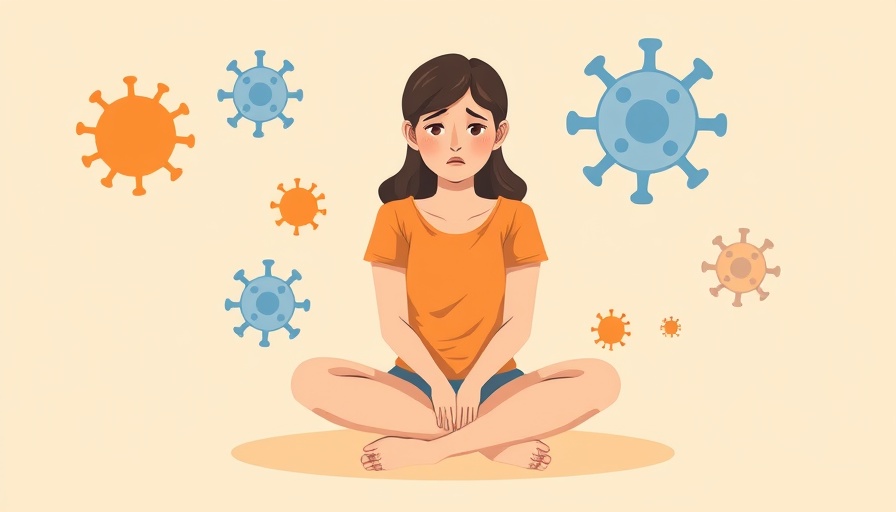
Understanding the Rise of Chemsex in Society
In recent studies, a stark increase in chemsex activity, characterized by the use of drugs to enhance sexual experiences, has been observed. Researchers suggest that the decline in fear surrounding AIDS may be a pivotal factor driving this rise. As treatment options and preventatives such as PrEP become more accessible, societal attitudes towards sex and drug use are evolving. This shift raises significant questions about health, safety, and the psychological well-being of those involved.
The Connection Between Mental Health and Chemsex
The relationship between mental health and substance use in the context of chemsex cannot be overlooked. Anxiety disorders, panic attacks, and depression are often prevalent among individuals engaging in these activities. Many may turn to chemsex as a coping mechanism for underlying mental health issues, aiming to escape reality momentarily. This cycle creates a complex interplay between drug use, compounding mental health problems, and the need for effective interventions.
Social Implications of Chemsex
Chemsex poses numerous social challenges. It layers the stigma surrounding HIV and mental health issues further, creating an environment where individuals might feel isolated and less inclined to seek help. Initiatives aimed at stigma reduction are crucial, as social connections can provide support systems for those at risk. Programs focusing on mental health education and awareness can engage communities to foster understanding and provide the necessary support for individuals grappling with these issues.
The Importance of Prevention Strategies
Addressing the chemsex phenomenon effectively hinges on robust prevention strategies. Implementation of early intervention tactics can help identify and support individuals exhibiting risk factors for substance abuse and accompanying anxiety disorders. Mental health policy must adapt to these emerging trends, integrating comprehensive mental health resources, including counseling and therapy options such as cognitive behavioral therapy and mindfulness practices, into public health frameworks.
Future Directions: Policy and Care Integration
Looking ahead, there is a pressing need for public health policy to recognize and adapt to the evolving landscape of chemsex and its intertwined relationship with mental health. The integration of mental health services into sexual health programs and substance use interventions can facilitate a more holistic approach to treatment. Access to care must expand to include teletherapy and digital mental health resources, ensuring that support is readily available to those in need.
Empowering Individuals Through Education
Empowering individuals through education is essential in combatting the challenges posed by chemsex and associated mental health issues. Programs that teach relaxation techniques, stress management, and coping strategies can equip individuals with tools to navigate their experiences without resorting to substance use. Initiatives focused on resilience building and supportive peer networks are vital to cultivating a culture of understanding and recovery.
Conclusion: A Call to Action
As society grapples with the implications of chemsex, it is essential to foster awareness, reduce stigma, and promote accessible mental health care. Individuals, families, and communities must work together to create support networks and effective educational programs that address these concerns proactively. By engaging in open dialogues about mental health and substance use, we can cultivate an environment where individuals feel safe seeking help. The need for comprehensive, compassionate, and informed responses to this growing issue cannot be overstated. Reach out for support through helplines and community resources to ensure that no one faces these challenges alone.
 Add Row
Add Row  Add
Add 




Write A Comment